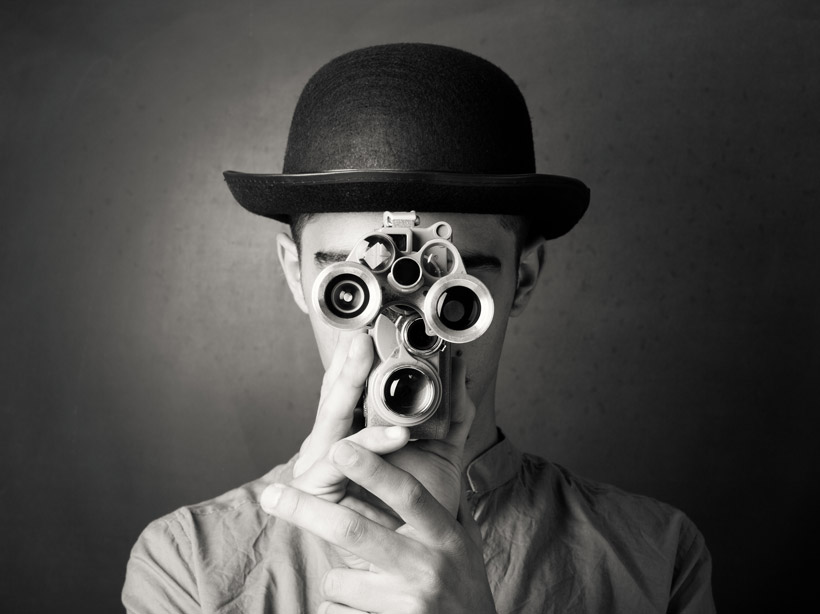Jon Bentley lets us know about vintage lens rehousing, and how it’s increasing the value of lenses from Canon, Olympus, Nikon and Zeiss – are you sitting on a potential gold mine?
Lead image: Vintage lenses, Credit: Selimaksan, Getty Images
The next blockbuster film you see could well have been shot with a lens that’s spent a generation festering away at the back of someone’s cupboard.
Lens rehousing, the practice of taking the glass out of old lenses and mounting it in new barrels is becoming ever more popular, a trend driven by directors of photography on high-end TV dramas and movies who love the signature looks of old lenses. Features like their unique bokeh, shimmering flares or the lustre of period coatings and materials bestow added class on a production.
At first it was just old movie lenses like Canon K35s and Cooke Speed Panchros that were treated to improved focusing mechanisms and new mounts. But increasingly, attention is turning to stills lenses. There are several reasons for this. Stills lenses are better at covering full-frame sensors, they have their own repertoire of distinctive looks, and they can be better value – some old movie lenses have become very expensive with vintage K35 Canons now £20,000 a set.
Popular stills camera lenses to get the treatment include Canon FDs, 1950s Canon rangefinder optics and the long-running Leica Noctilux series. With so many mounts and adaptors available these days, one might wonder why rehousing is necessary. It’s down to the need for accurate focusing, a movie lens has a long focus throw, millimetrically accurate scale and the ability to be driven by an external focus motor if required.

Truelens rehoused Mamiya 645 lens for CINE use, Image: Truelens.co.uk
Rehousing is expensive – about £4,000 – so generally reserved for top-of-the-range lenses with wide maximum apertures. In the case of FDs, the jewels in the crown are the aspherical or later L series versions. It has had a dramatic effect on values. According to Gavin Whitehurst of British lens rehouser True Lens Services (TLS), prices of the Canon 24mm f/1.4 have soared from a few hundred pounds to the tens of thousands. More humble optics can also justify the expense of conversion if they fill gaps in the sets of lenses demanded by directors. Canon didn’t do an aspherical 20 or 28mm FD for example but these focal lengths still need to be in a set.
The controversial downside to rehousing is that some of the best lenses are now an endangered species. “Soon there may be none left to convert,” says Gavin. Unlike electric conversions of classic cars, rehousing can’t be reversed.
Other legacy optics are now being mined for movie treasure including Olympus’s OM series, AI Nikkors and Zeiss Contaxes. Medium format lenses such as Mamiya 645 Sekor C and Cns are now also in demand because the image circle is big enough for a new generation of 65mm movie sensors..
The trend seems unstoppable. If you have your heart set on a certain vintage lens you might want to buy it now while you still can.
The views expressed in this column are not necessarily those of Amateur Photographer magazine or Kelsey Media Limited. If you have an opinion you’d like to share on this topic, or any other photography related subject email: ap.ed@kelsey.co.uk
Related reading
How to check a second-hand lens for faults
How to photography a product to sell on eBay







